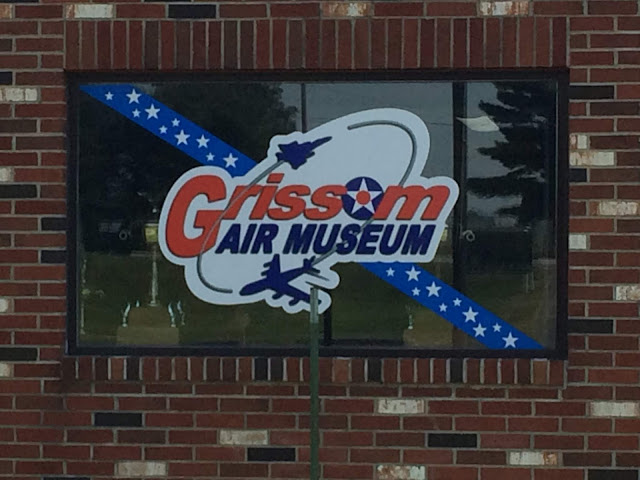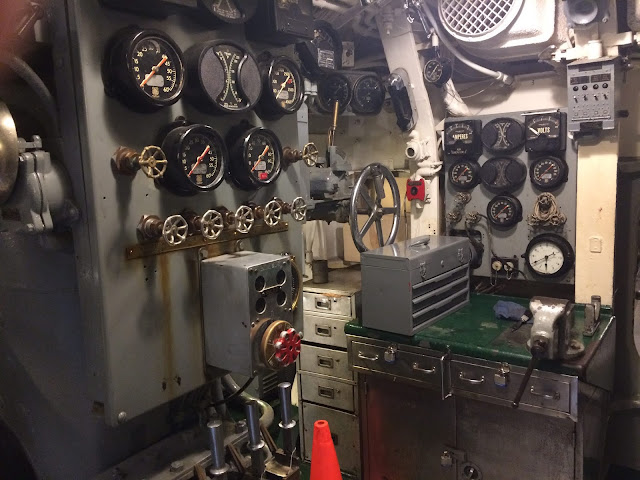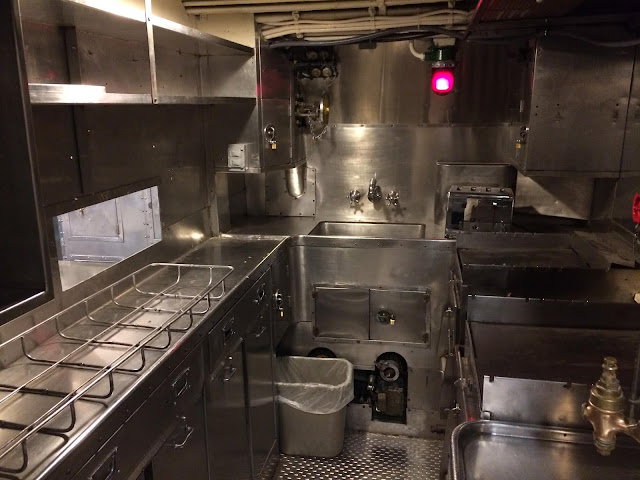Naval Air Station Bunker Hill, opened in 1942, was renamed in memory of astronaut and Indiana native Virgil I. "Gus" Grissom, who, along with fellow astronauts Ed White and Roger Chaffee, perished in the Apollo 1 fire at Cape Canaveral Air Force Station Launch Complex 34 in 1967. We were at launch Complex 34 last year for the 50th memorial. See our previous blog post from that trip.
We visited the museum and large outdoor aircraft display while we were staying nearby at the Miami State Recreation Area, on the way north to Michigan. If you are in the area, it's a great place to see. Here are a few of my photos. I have more photos of the plaque at each airplane but too many to show here.
 |
| Atomic Bomb |
 |
| A-10 Wart Hog |
 |
| A-10 Wart Hog |
 |
| Front and rear propellers |




























































